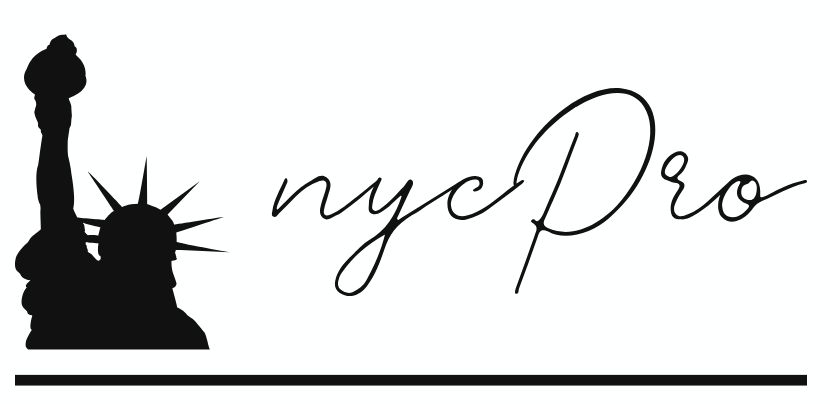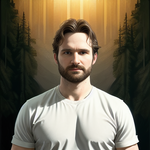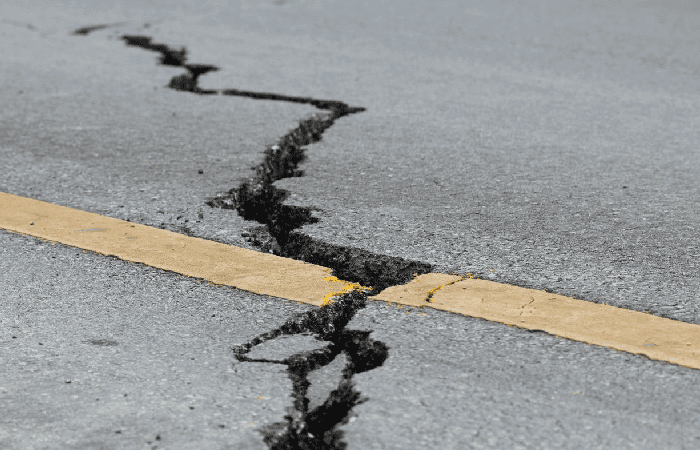Unlocking the Quantum Frontier: Biphoton Digital Holography
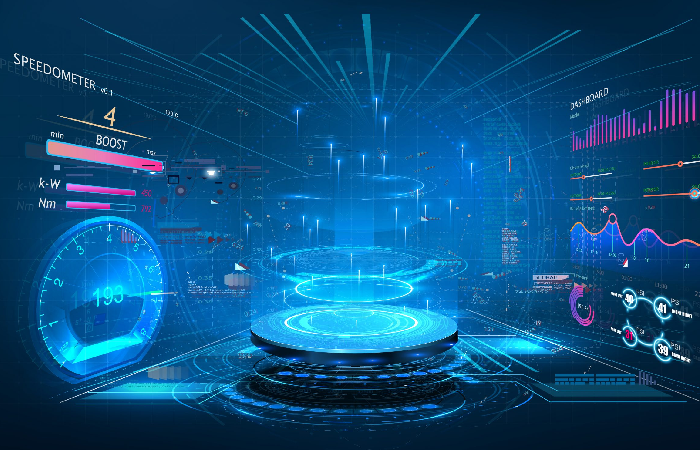
In the pursuit of reaching the unknown, experts are using sophisticated imaging instruments to probe the quantum realm. Very recently, biphoton digital holography (BDH) became the frontier of a novel quantum imaging device capable of realizing 3-D data of particles which are invisible to classical means of observations.
Consequently, BDH was empowered by the enigmatic quantum entanglement to reveal the intra-photon behavior of two correlated photons in the microscopic domain.
What Is Biphoton Digital Holography?
Biphoton digital holography is an entangled photon-pair-based quantum imaging approach to construct 3-D data of an object’s amplitude and phase.
Unlike the regular digital holography which was normally done with the help of a light source, (that) classical BDH was predominantly using the quantum-correlated photons to scrutinize the sample ultra-necessarily.
Aided by ultra-sensitive quantum features, the holographic data that is carried by the biphotons is key in establishing the quantum interference patterns and consequently the generation of the 3D images with high resolution.
Detailed Scientific Studies About BDH
Some amazing research of BDH have shown:
-
At Purdue University, researchers have recently revealed that a quantum ghost biphoton hologram was the result of a two-photon (biphoton) event of spontaneous parametric down-conversion and the subsequent capturing of ghost images.
-
The University of Ottawa has carried out experiments in quantum holography on which they have used spatial light modulators and entangled photons to boost the phase sensitivity.
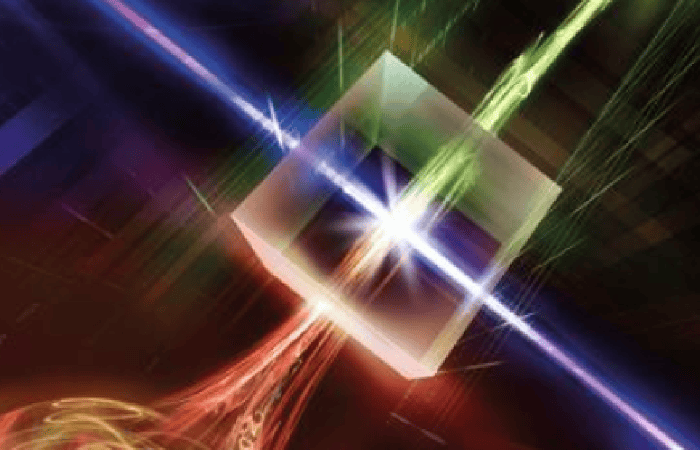
- With BDH, National Institute of Standards and Technology (NIST) have been able to scale-up quantum metrology by capturing spatial coherence properties with an extraordinary accuracy.
These findings uniformly indicate that BDH offers superior fidelity, reduced noise, and increased contrast in imaging applications as opposed to classical ones.
Methodologies of Biphoton Digital Holography
The generic outline of BDH methodologies comprises the next stages:
- Photon Pair Generation: Entangled photon pairs are generated through SPDC in a nonlinear crystal.
- Quantum Interference: One photon (signal) goes through or interacts with the object, while the other (idler) is sent to a reference path.
- Coincidence Detection: Both photons are detected using a coincidence counter or photon-counting camera to ensure two-photon entanglement (coincidence) is a must-have.
- Digital Reconstruction: The interference pattern (hologram) is reconstructed through computational algorithms to generate the 3D images of the target.
These methods are clearly closely related to the basics of quantum optics, the science that looks at the property of light interacting with matter, and digital processing, which is about the data transformation of the entangled photonic data.

Principles of Quantum Holographic Reconstruction
-
Quantum interference and nonlocality sit at the core of BDH. The entanglement of pairs of photons has a huge effect on quantum factors.
-
Quantum holographic reconstruction, first of all, unravels that joint state with four-dimensional correlation measurements, that is, two spatial dimensions for each photon.
-
Accordingly, the end product is not just a physical and a quantum correlation map of the target.
Visualizing Quantum Phenomena Using BDH
BDH was used for the following list of things:
-
Quantum phase shifts that occur due to very small energy variations.
-
Ghost imaging, where the object is never directly seen but it is reconstructed via photon correlations.
-
Sub-diffraction imaging, that is, using quantum entanglement to achieve a resolution smaller than the Rayleigh limit.
These applications can turn BDH into a spectacular instrument for watching activities that are otherwise too subtle or fast for classical instruments.
Advantages Over Traditional Tomography
Various notable advantages of Biphoton digital holography compared to traditional tomography for imaging purposes include:
-
Non-invasive imaging: Even when the object is not directly illuminated, BDH can be used to reconstruct images.
-
Enhanced resolution: Quantum correlations allow imaging beyond the diffraction limit.
-
Low light sensitivity: Working well in low-photon environments, it is also an ideal solution for biological and space applications.
-
High-dimensional data: Encodes more information per photon pair, enriching the data pool for reconstruction.
This offers the potential of revolutionizing those technical fields which require ultra-precise and minimally invasive imaging.
Applications of Biphoton Digital Holography
BDH has opened new horizons over many of the industry sectors:
- Biomedical Imaging: It is used for the imaging of cellular material; without the damage due to light, the images can provide the detail of very small organisms.

-
Quantum Communications: Application of the quantum state for the assured and protected transfer of data.
-
Astronomy: An aide for the clear and well-defined images of cosmic objects that are barely visible.
-
Materials Science: The examining of nano-scale structures in a non-disruptive manner.
-
Fundamental Physics: Observation of the phenomena of superposition and quantum coherence in test systems.
The broadened interest in quantum technologies most certainly predicts that BDH will be the centerpiece tool for future applications that are; around the corner.
Conclusion
Biphoton digital holography is not just an advancement in technology but it also signifies a change of worldview in the way we use science to understand the cosmos.
-
With quantum entanglement and holographic reconstruction as the basis, BDH is opening visualization methods that were once the domain of science fiction.
-
BDH is set to be a game-changer in the imaging, measuring, and understanding of the quantum world as it develops its techniques and widens its applications through; the continuous pursuit of scientific research.
-
Do you want to have this information converted to HTML, used for a research blog, or formatted for scientific publication platforms like Medium or arXiv?
